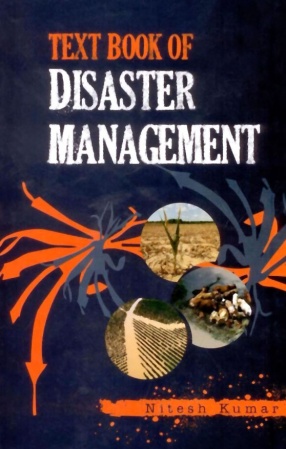Text Book of Disaster Management
India, due to its geographical position, climate and geological setting is one of the most disaster prone countries of the world and has been experiencing natural disasters every year. Though whole of the country is more or less affected by common disasters, the impact of these disasters on rural population due to its physical, poor socio-economic and specific socio-cultural condition is comparatively more and long lasting. If we analyses the Indian rural society in the context of vulnerability, it is found to be much more vulnerable to natural disasters in comparison to its urban counterpart. About 30 million people were affected by disaster every year. The loss in term of human and livestock lives as well as the community and public assets has been astronomical. There have been attempts to address different kinds of natural and man-made disasters at different times. The Book is divided into sixteen chapters with an introduction giving details about disasters, types of disaster, disaster management cycle and recent trend in dealing disasters. After discussing the disaster trend at world level and India, the book attempts to critically analyse the vulnerability of the country to various forms of disasters. The book gives details concepts of national disaster response force, incident command system, basic life support and cardio pulmonary resuscitation as well as psycho-social support during disasters. The book also gives detail of climate change, global warming and its risk reduction as well as the different factors influencing the vulnerability of rural society to the natural calamities and problems and shortcomings of prevailing disaster management system. After critically analysing the rural disaster management situation, the book concludes that it is the sustainable rural development approach that can mitigate the disasters in rural India with a long-term perspective as well as communication an effective tool in disaster management is discussed in concise way in the book.
Get it now and save 10%
BECOME A MEMBER









Bibliographic information